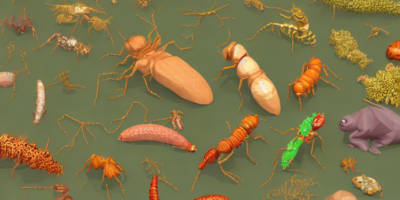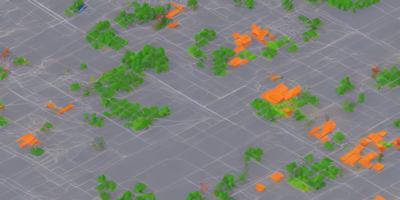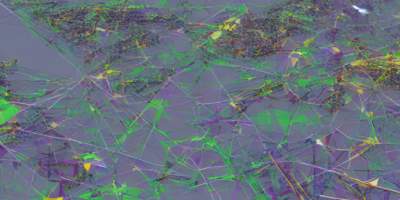Sparse grid methods are a type of numerical simulation used in various fields, including physics and engineering. These methods are useful for solving partial differential equations (PDEs), which describe the behavior of physical systems. However, sparse grid methods can be computationally expensive, especially when dealing with large-scale problems. To address this challenge, researchers have been exploring the use of Deep Learning (DL) techniques to improve the efficiency and accuracy of these methods.
The article "Adapted Deep Learning for Sparse Grid Methods: A Survey" provides an overview of the recent advances in DL-based sparse grid methods. The authors explain that traditional DL approaches require large amounts of training data, which can be time-consuming and costly to obtain. To overcome this challenge, they propose a new method called "adapted DL," which adapts the DL architecture to the specific problem at hand.
The authors describe several key design principles of adapted DL, including the use of sparse grids, multi-resolution approaches, and specialized neural network architectures. They also highlight the advantages of using adapted DL, such as improved accuracy and faster training times compared to traditional DL methods.
To demonstrate the effectiveness of their approach, the authors present several case studies on various problems in physics and engineering. These case studies show that adapted DL can achieve high accuracy while reducing computational costs by up to 90%.
In summary, "Adapted Deep Learning for Sparse Grid Methods: A Survey" presents a promising new approach to improve the efficiency and accuracy of sparse grid methods in numerical simulations. By adapting the DL architecture to the specific problem at hand, researchers can reduce computational costs while maintaining high accuracy. This survey provides a comprehensive overview of the recent advances in this field and highlights the potential of adapted DL for solving complex problems in various disciplines.
Quantitative Biology, Tissues and Organs
Deep Learning Surrogate Modeling for Biomechanical Simulations: A Promising Approach for Computational Efficiency



